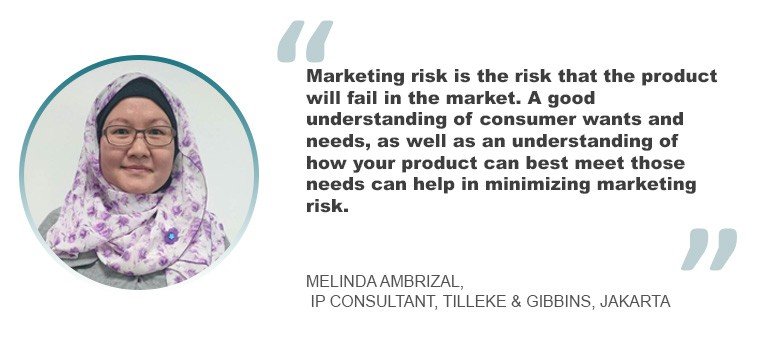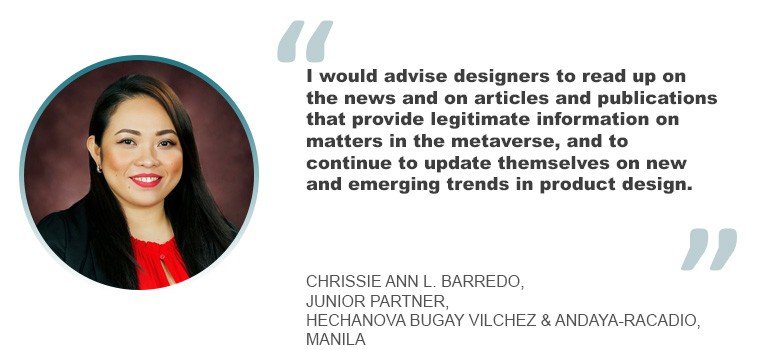Industrial designers turn to the metaverse
31 March 2023

Industrial designers are driven to create the finest possible user experience. As engineering and design teams are become progressively dispersed worldwide, designers are turning to the metaverse to do their work. Excel V. Dyquiangco explains.
The intent of industrial designers is often to establish a connection with customers and create the finest possible user experience. They optimize all facets of form, fit and function, as well as provide visually appealing designs. They mix their creativity, talent and expertise to ensure that the functionality and interface of the product they develop are ergonomically adapted to fit users in their natural conditions.
Designers frequently predict the success of the product on the market in the long run. The majority of companies which opt to leave the industrial design component until the end of the engineering life cycle will struggle to succeed in a market that is focused on consumers.
However, just as manufacturers now confront increased rivalry and quicker development cycles, industrial designers are faced with their own set of difficulties. Consumers are growing more savvy at the same time as the global market rivalry is sharply increasing. Engineering and design teams are becoming progressively dispersed worldwide, and the majority of these procedures are being outsourced in this quickly developing digital environment.

According to Melinda Ambrizal, an IP consultant at Tilleke & Gibbins in Jakarta, these risks are three-fold: marketing risk, design infringement and personal data security.
“Marketing risk is the risk that the product will fail in the market. It happens due to a lack of in-depth understanding of the target market,” she said. “A good understanding of consumer wants and needs, as well as an understanding of how your product can best meet those needs can help in minimizing marketing risk.”
For design infringement, she explained: “Product design counterfeiting activities are a matter of great concern to the design owner or designers. A well-known product is often the object of infringement because it is associated with the reputation of a well-known product design. In this regard, an industrial design registration is required in dealing with design infringement. A lawsuit for infringement of industrial design rights can be filed by the design owner as the industrial design rights holder.”
“The large amount of personal data entered to access the metaverse can raise the seriousness of the risk of hacking and theft of personal data. To prevent personal data breaches, the Indonesian government has prepared a number of regulations, one of which is the Personal Data Protection Bill,” she said.
Metaverse and future trends
But nowadays, industrial designs are not just relegated to the physical world. With the emergence and the exploding realities of AR and VR technologies, including the metaverse, industrial designs and designers keep on changing. And with that comes risks – or benefits – of all sorts.
“Metaverse technology, such as virtual reality and augmented reality, will make working from home easier for designers as remote workers and designers will be able to tackle jobs digitally,” said Ambrizal. “Designers’ works can be protected in this new realm as long as there are intellectual property laws and regulations that support this.”

For Do Quang Hung, a partner and a patent and trademark attorney at Vision & Associates in Hanoi, developing industrial designs in the metaverse will be different for designers in comparison with working in the physical world. This is because instead of designing physical products, the designers now work in virtual spaces with digital representations, 3D images and characters, wherein their imagination will not be limited by technical barriers.
“From our view in consideration of the legislation of Vietnam, it seems that there may be obstacles for designers and enterprises to obtain protection for their virtual designs in the metaverse as industrial designs or patents as virtual designs and computer programs are not accepted as industrial designs or patents in Vietnam. Instead of that, they may apply for protection for their designs as trademarks or copyrights,” he said.
With such new technologies and systems, industrial designs would likely take on different forms, given that the world is changing. Does this include IP also having more laws to cover what needs to be covered with these many changes?
“In my opinion, with more innovation of technology, materials and manufacturing process in the future, industrial designs will be more simplified, modernized, effective and eco-friendly,” said Do. “The competition in developing products and obtaining protection for industrial designs will become more intense, which will result in more actions on enforcement and litigation against industrial design infringement.”
He adds: “From my viewpoint, IP legislation will be supplemented and amended to cover new forms of industrial designs such as graphic symbols, graphical user interfaces (GUI) or interaction design and to protect registered industrial designs more effectively. More international agreements on IP in general and, in particular, on industrial designs will also be made to stimulate the convergence of the standards and criteria for the IP examination and to cooperate on the IP protection in the member states.”

Coping with industrial design changes
For Chrissie Ann L. Barredo, a junior partner at Hechanova Bugay Vilchez & Andaya-Racadio in Manila, it is difficult to predict what trends will emerge in the future, given how fast technology is evolving.
“In the Philippines, although some are familiar with the metaverse and other related products and technologies (such as cryptocurrencies and NFTs), these have not yet become mainstream, and involve concepts that the ordinary Filipino purchaser may not yet fully understand,” she said. “As such, there is still much potential for Filipino companies and entrepreneurs to explore the possibility of expanding their business into the metaverse.”
She adds: “Ideally, IP laws should be amended to address the new virtual landscape; however, the reality is that the legislative process takes some time. Fortunately, the Intellectual Property Office of the Philippines (IPOPHL) has always endeavoured to help creators have more control over the utilization and commercialization of their original works, even given the ever-changing landscape of technology. For instance, just last month, the IPOPHL announced that through its Bureau of Copyright and Related Rights (BCRR), it has signed a memorandum of understanding (MOU) with metaverse platform Stardust Digital. According to an IPOPHL press release, under this MOU, the IPOPHL and Stardust agree to collaborate and promote the ‘development, protection, commercialization and internationalization of original Philippine-registered IP intellectual property products and services and creative content through the Stardust metaverse.’”
In dealing with these changes, she suggested that companies should thoroughly study the current virtual landscape to determine whether they want to expand their business into the metaverse, and also carefully consider the risks and challenges that come with dealing in the virtual world.
“I would advise designers to read up on the news and on articles and publications that provide legitimate information on matters in the metaverse, and to continue to update themselves on new and emerging trends in product design,” she said. “Designers should also consider attending seminars or workshops hosted or sponsored by reputable organizations about doing business in the metaverse. For example, the IPOPHL sometimes holds free seminars on topics that are relevant to inventors and designers, particularly in relation to the protection of IP rights, and these are usually open to the public. In this age of social media, it is quite easy to fall susceptible to fake news or false information. As such, it is important that designers who are interested in creating products for the metaverse verify that the data and information they are studying are legitimate and from reputable sources.”
“Even though the IP laws and regulations are slow to catch up to emerging new trends in technology, IP owners must still do all it can to make sure that its assets are protected,” she said. “It is best that creators and designers consult IP practitioners who can help them identify what their protectable IP assets are in the metaverse, and advise them on how to best protect and enforce them within the existing legal framework.”






